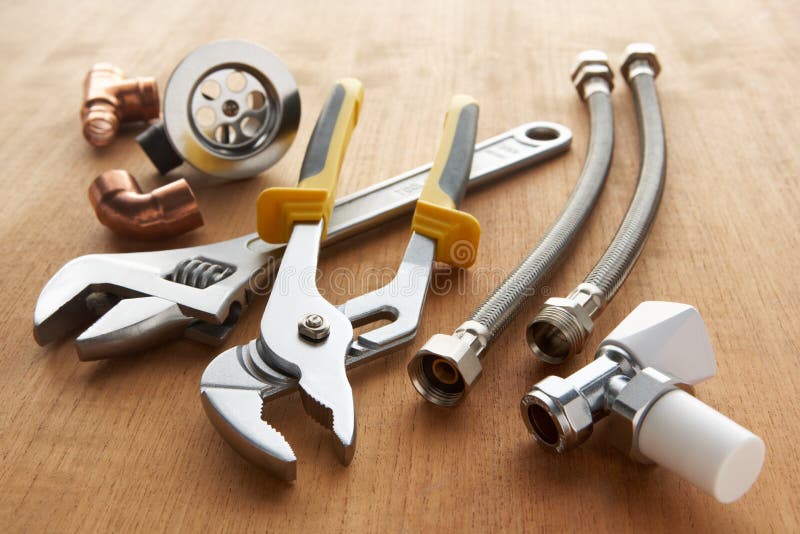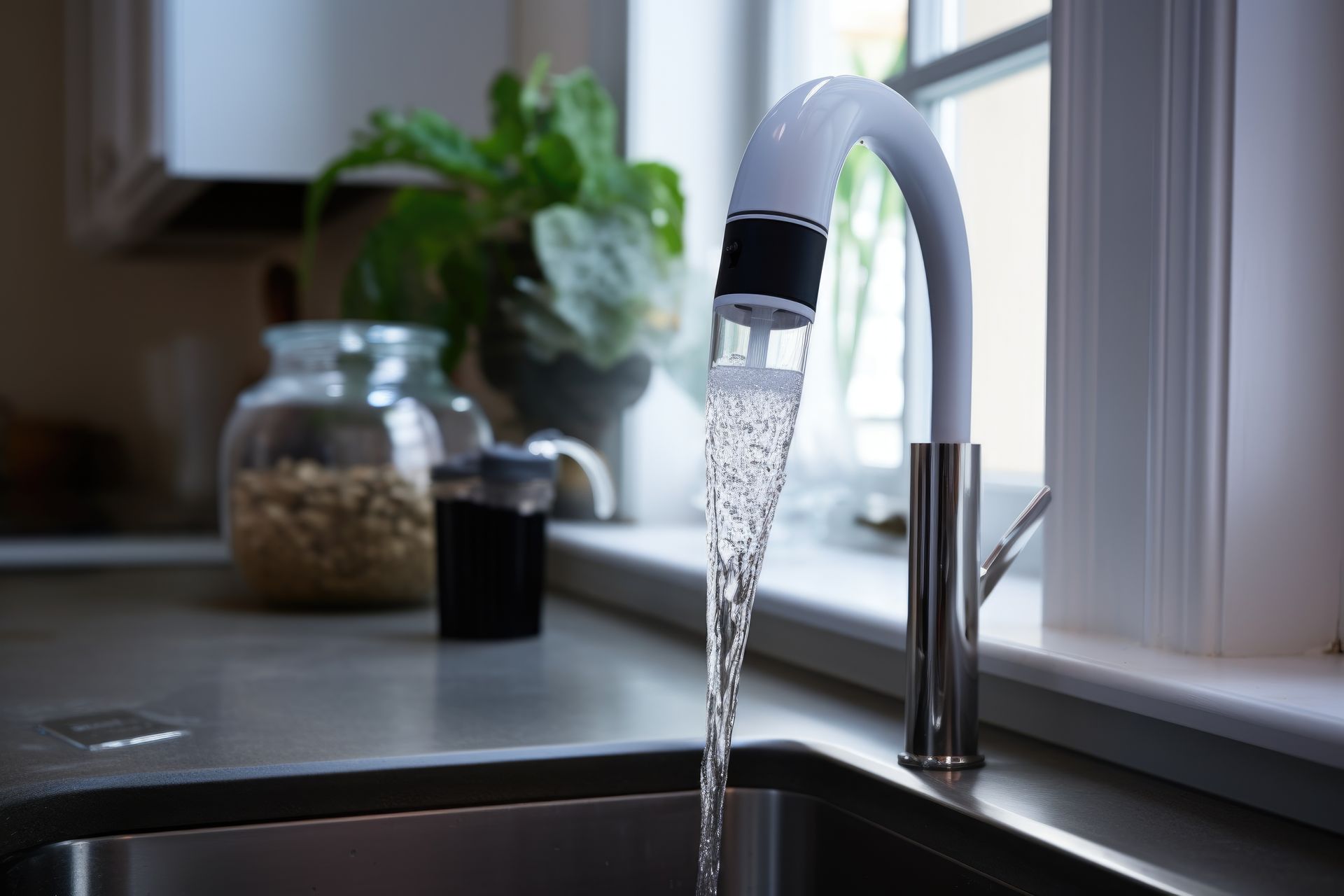How to Picking Eco-Friendly Plumbing Materials: An Essential Guide
How to Picking Eco-Friendly Plumbing Materials: An Essential Guide
Blog Article
Are you in search of suggestions concerning Plumbing Tips Sustainably Saving the Environment?

Picking green plumbing products not only helps reduce your environmental impact yet likewise can enhance the sustainability and efficiency of your home. Below's an overview to aid you navigate the alternatives for even more ecologically mindful pipes options.
Take into consideration the Material's Lifespan
Choose plumbing products that provide resilience and long life. Longer-lasting products suggest fewer substitutes, minimized waste, and reduced long-term ecological effect. As an example, copper and stainless-steel are both highly long lasting and 100% recyclable, which helps lessen waste.
Check for Recycled Material
Select products which contain recycled material. Many metal plumbing items, like those made from copper and stainless steel, frequently include a considerable percentage of recycled materials. PVC and PEX can additionally include recycled plastics, though their overall ecological impact might be greater as a result of their production and disposal processes.
Examine the Manufacturing Refine
Search for items produced via eco-friendly processes. This includes products like actors iron or copper, which can be generated with a relatively low ecological influence compared to plastics that need chemical-intensive production processes.
Prioritize Water Effectiveness
Selecting water-efficient components, such as low-flow commodes, taps, and showerheads, is vital. These components reduce water use, which not just lowers your water bill yet additionally reduces the power eaten in water home heating and lowers the strain on sewer therapy centers.
Pick Non-Toxic Materials
Stay clear of materials that seep chemicals into the water. Copper and PEX are typically non-toxic, but it is essential to make sure that any kind of plastic parts do not have hazardous chemicals like BPA or phthalates, specifically for drinking water lines.
Take Into Consideration the Power Required for Water Heating
Select pipes formats and materials that lower the power needed for home heating water. Protecting your hot water pipes and picking reliable system formats can substantially lower the power used, hence reducing your home's general carbon footprint.
Select In Your Area Sourced Materials
Making use of in your area sourced materials can minimize the carbon discharges associated with transportation. Furthermore, supporting neighborhood companies aids advertise a lasting regional economic situation.
Evaluate End-of-Life Disposal
Take into consideration the recyclability and biodegradability of pipes products. Metals like copper and steel are typically recyclable, while some plastics and rubbers might not be, contributing to land fill waste. Understanding the lifecycle of the materials you select can help in making a more sustainable decision.
Try to find Certifications
Look for items with ecological accreditations. Accreditations like EPA's WaterSense, GREENGUARD, or Cradle to Cradle (C2C) suggest that products satisfy rigid ecological requirements throughout their lifecycle.
Final thought
Choosing eco-friendly plumbing products entails taking into consideration the sturdiness, recycled content, making procedure, water and power performance, poisoning, sourcing, disposal, and qualifications of the products. By making informed choices, house owners can significantly minimize their ecological impact while guaranteeing the effectiveness and longevity of their pipes systems.
The Impact of Plumbing Materials on the Environment
When buying a home you may be interested in having a sustainable home, and one of the most important aspects that you should not overlook the plumbing systems. With water contamination getting more and more common lately, it’s important to understand how plumbing systems work and their impact on the environment. Drinking water is carried through these pipes everyday and when choosing plumbing materials we must consider ecological toxicity, air pollution, fossil fuel depletion, and global warming.
Low Cost
When buying a home you may be looking for the cheapest way to be sustainable. Although some environmentally-friendly products may be somewhat more expensive than their competitors, money will be saved in the form of reduced water usage and decreased energy consumption in the long run.
A Life Cycle Inventory of residential plumbing systems done in 2011 showed that CPVC systems demonstrate 5% less energy waste than PEX systems and 17% less than copper. This study also indicated that CPVC systems wanted 30% less water than copper and 15% less than a PEX system. These numbers are likely due to the differences in thermal conductivity between these materials.
Copper has a thermal conductivity that is hundreds of times higher than plastics. PEX materials are the least thermal conductive of the three tested and this is why it is better in conserving water and energy.
Sustainability
While environmental performance is important, people can still be concerned about the sustainability of their home. The use of proper plumbing materials when building a home can greatly affect the future sustainability of the home, which can also affect future costs and bills.
A relatively new factor in plumbing, eco-friendly pipe materials can reduce both energy costs, and the overall environmental footprint of your home. These materials are not as widely available due to their recent introduction to the industry, but an understanding of the benefits of each can help save both money and the environment later down the line.
Environment-Friendly Materials
The two most common types of piping material in use today are metals like iron and copper, and PVC piping. Of the two, metal piping is more environmentally friendly and sustainable, but not without drawbacks.
PVC piping however, is notorious for low sustainability, contaminating water with chemicals, and increased waste or “greywater”. While PVC is recyclable, the process is expensive and not in high demand due to the cheap price of fresh PVC.
Metal piping however, has a longer lifespan with less chance of deterioration and no harmful chemical waste that could contaminate your water and potentially harm you or your family. Metal piping is susceptible to corrosion however, usually after a long fifty year lifespan.
The best alternative to these two pipings is relatively new eco-friendly plastics like the ones mentioned earlier. Polyethylene and polypropylene are the two main ingredients in these pipes which are recognized by Greenpeace, an environmental organization, to be the only “future-friendly” piping material on the market.
The more natural and longer lasting materials prevent long term contamination with eco-friendly materials that last long enough to rival the longevity of metal piping. Even local Atlanta plumbers and plumbing installers should have access to the materials you need to make your house eco-safe.
https://www.ecomena.org/impact-of-plumbing-materials-on-environment/

I am very excited about A greener guide to plumbing materials and I am assuming you liked our blog posting. Sharing is caring. You won't know, you will be helping someone out. Thank-you for taking the time to read it.
Request Free Estimate Report this page